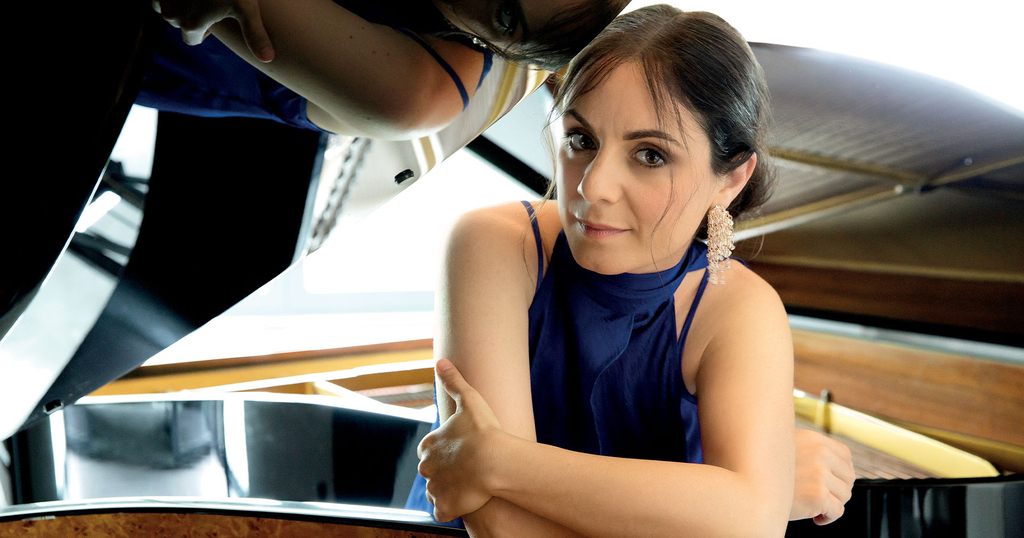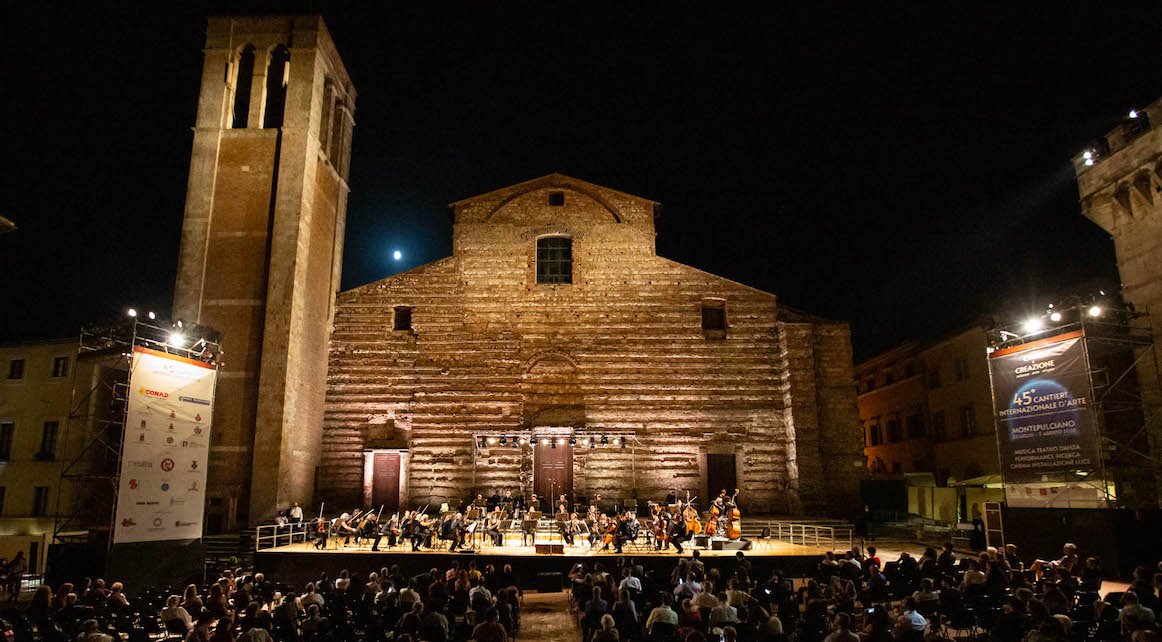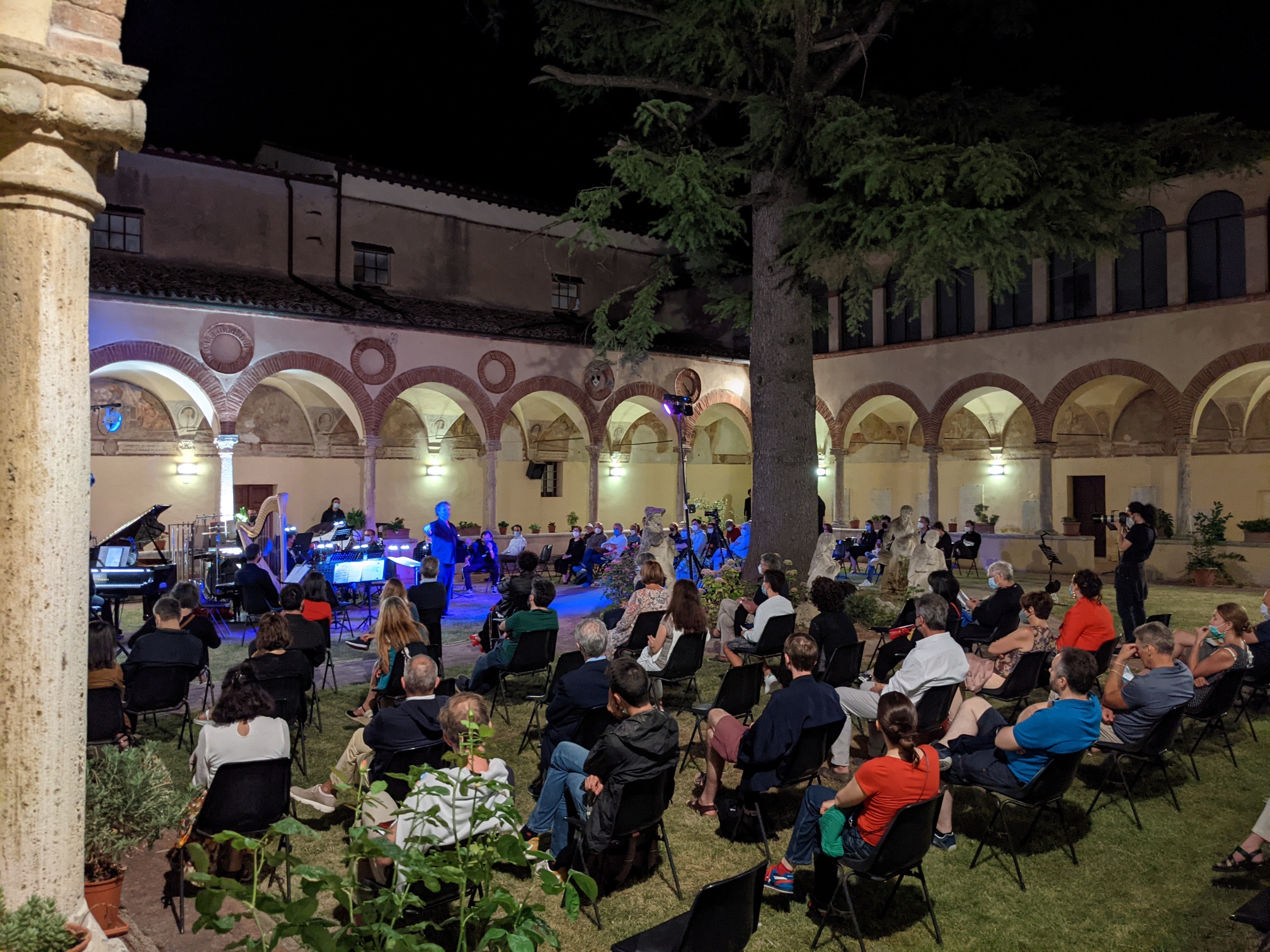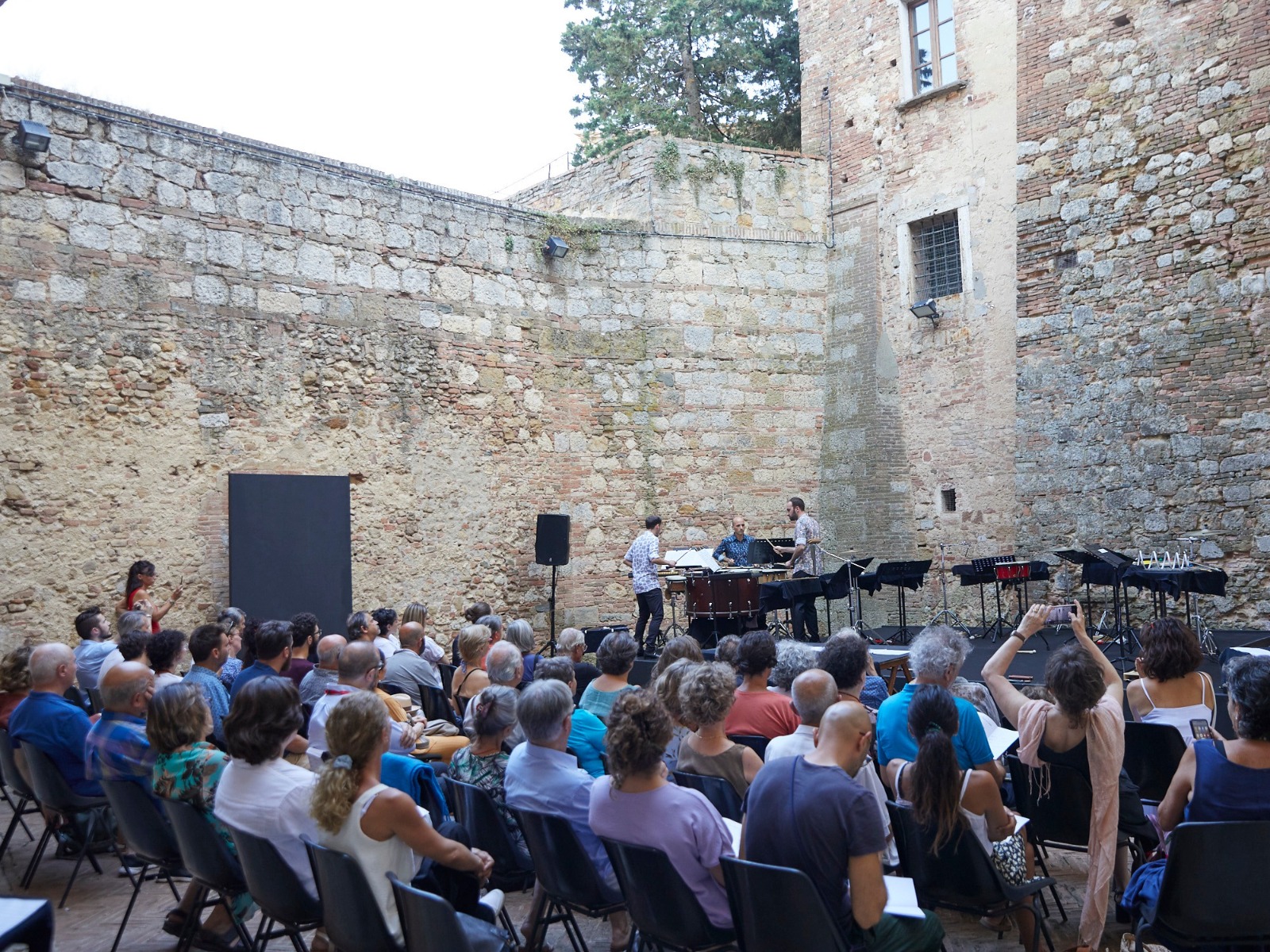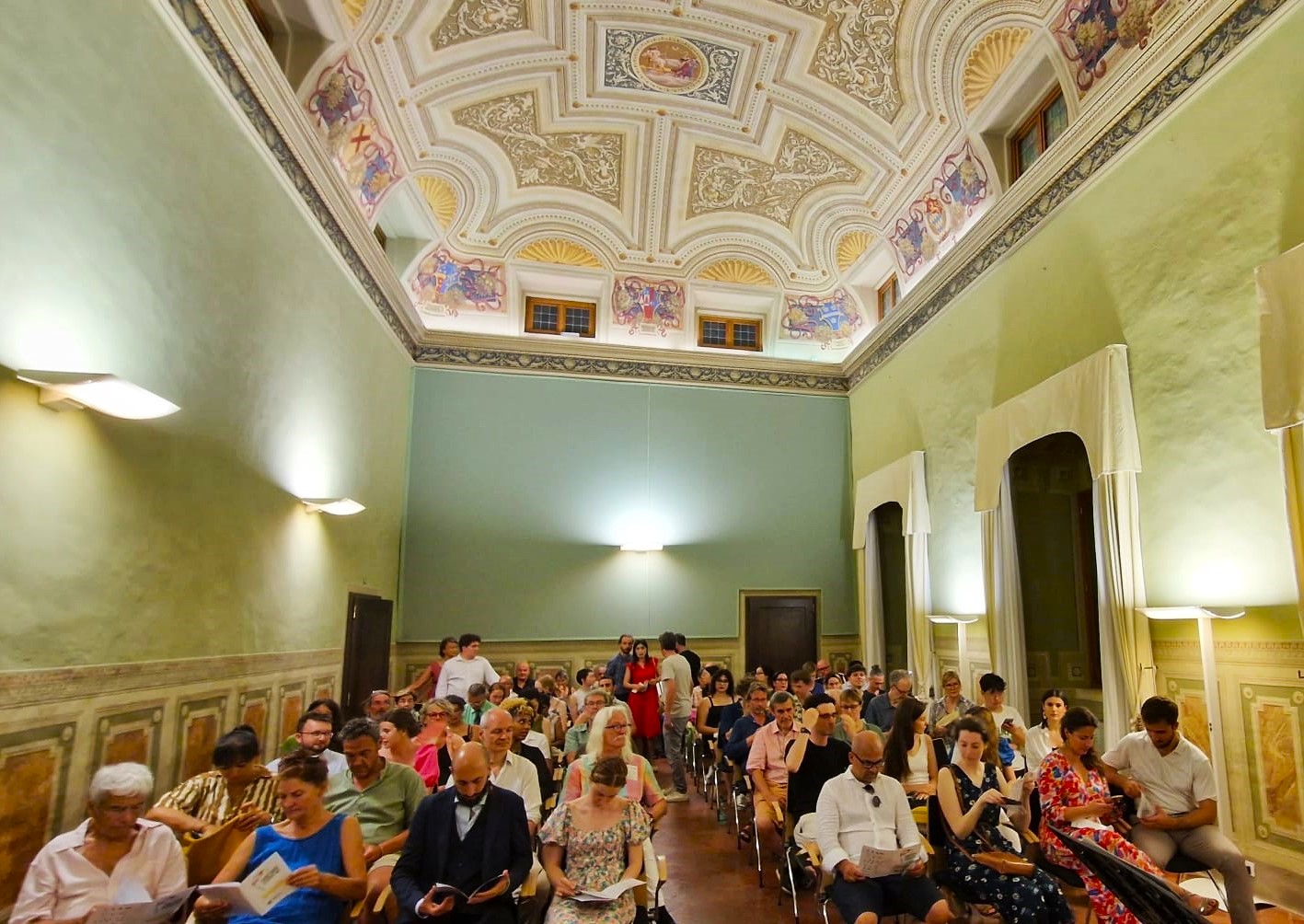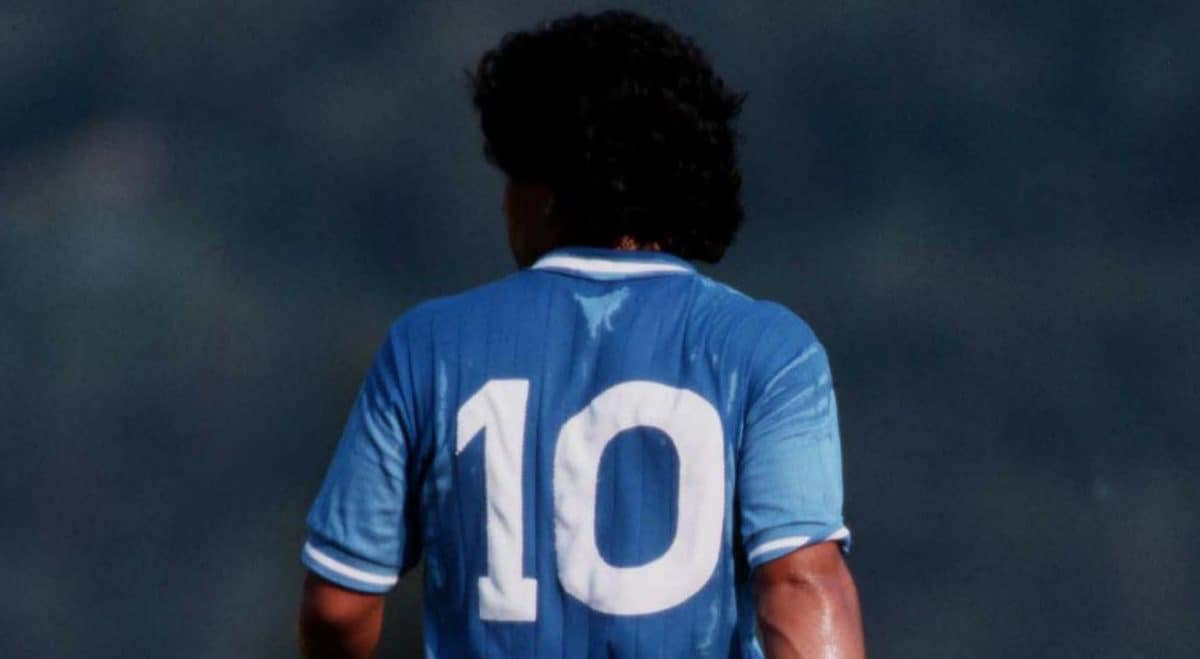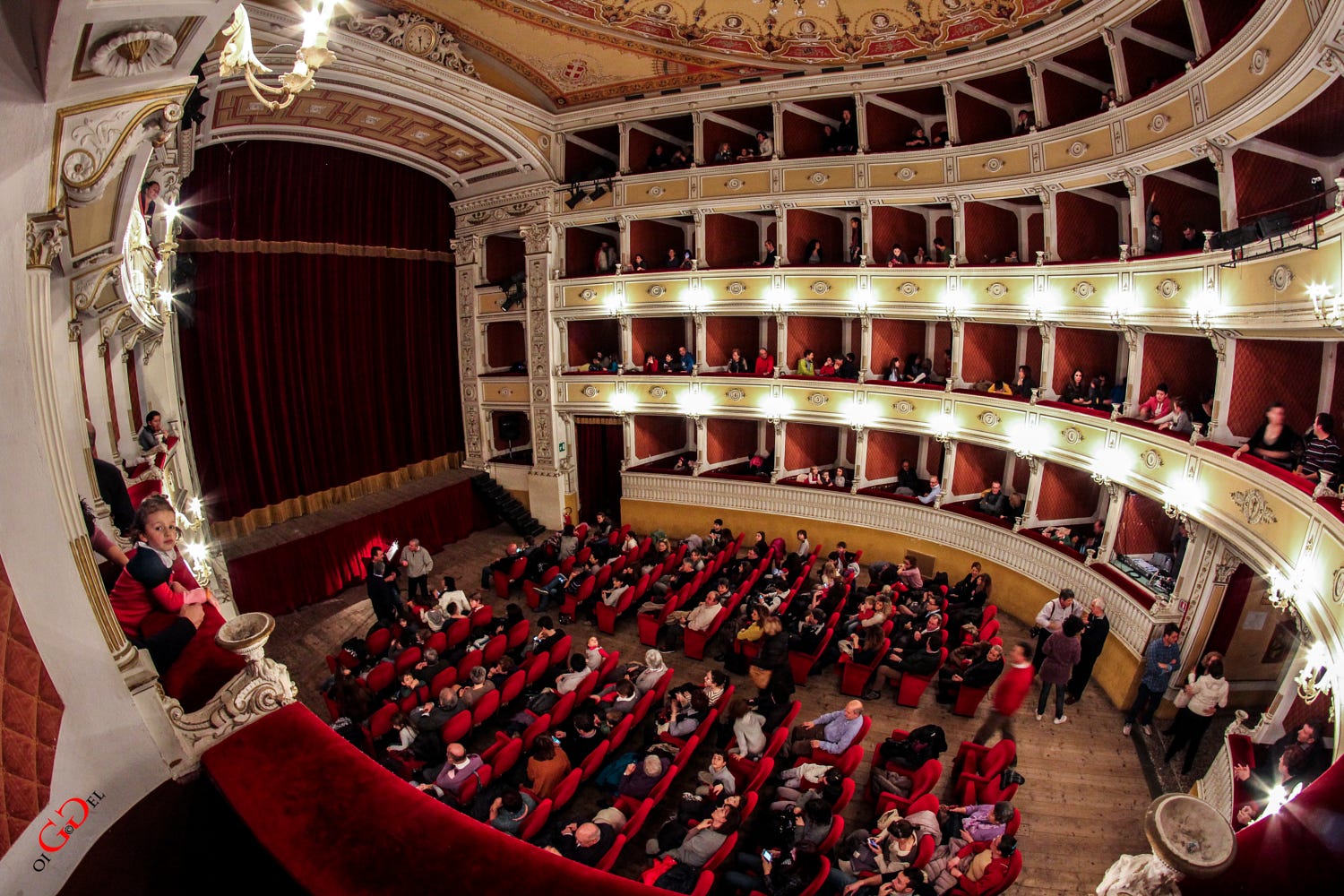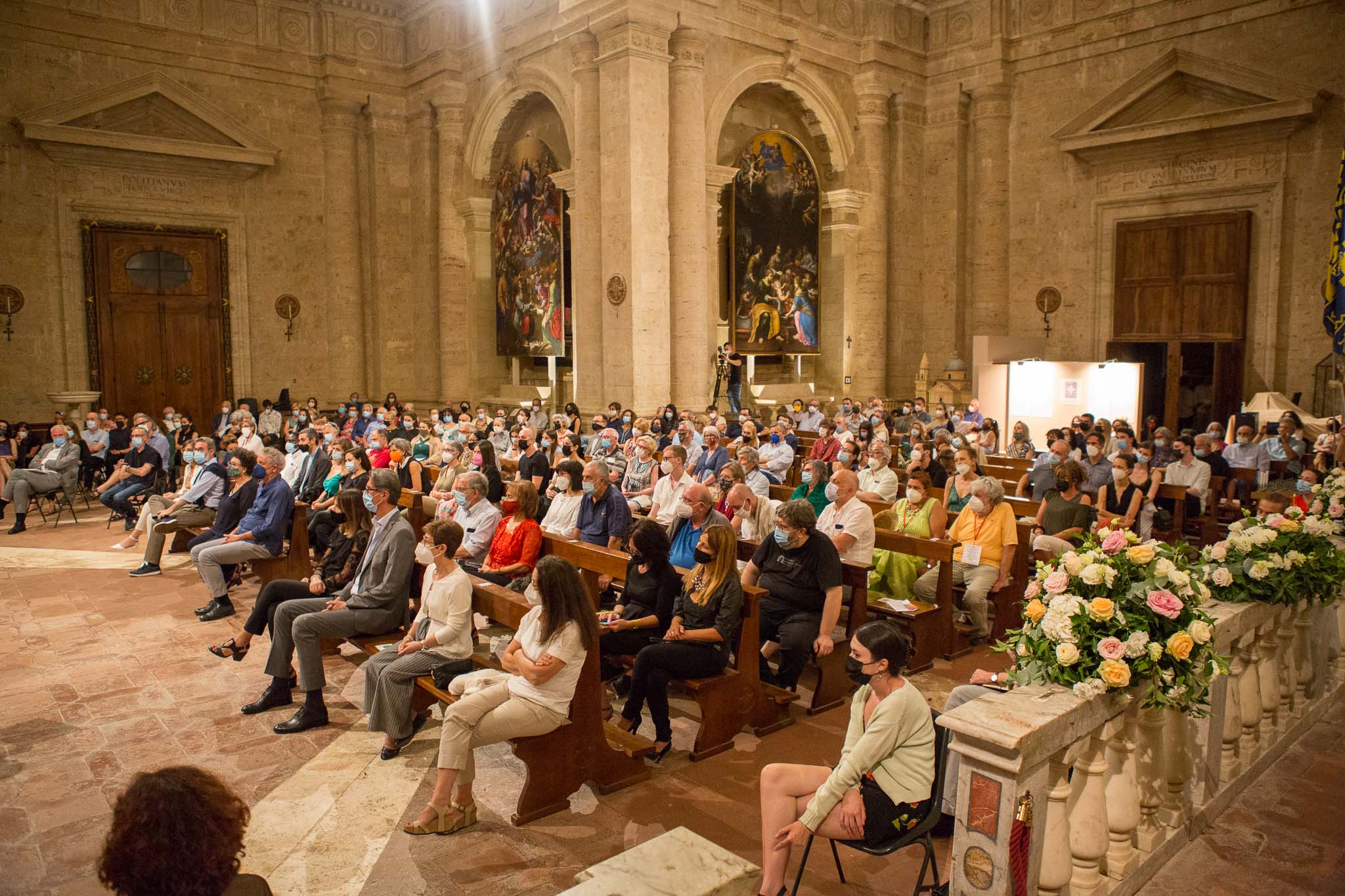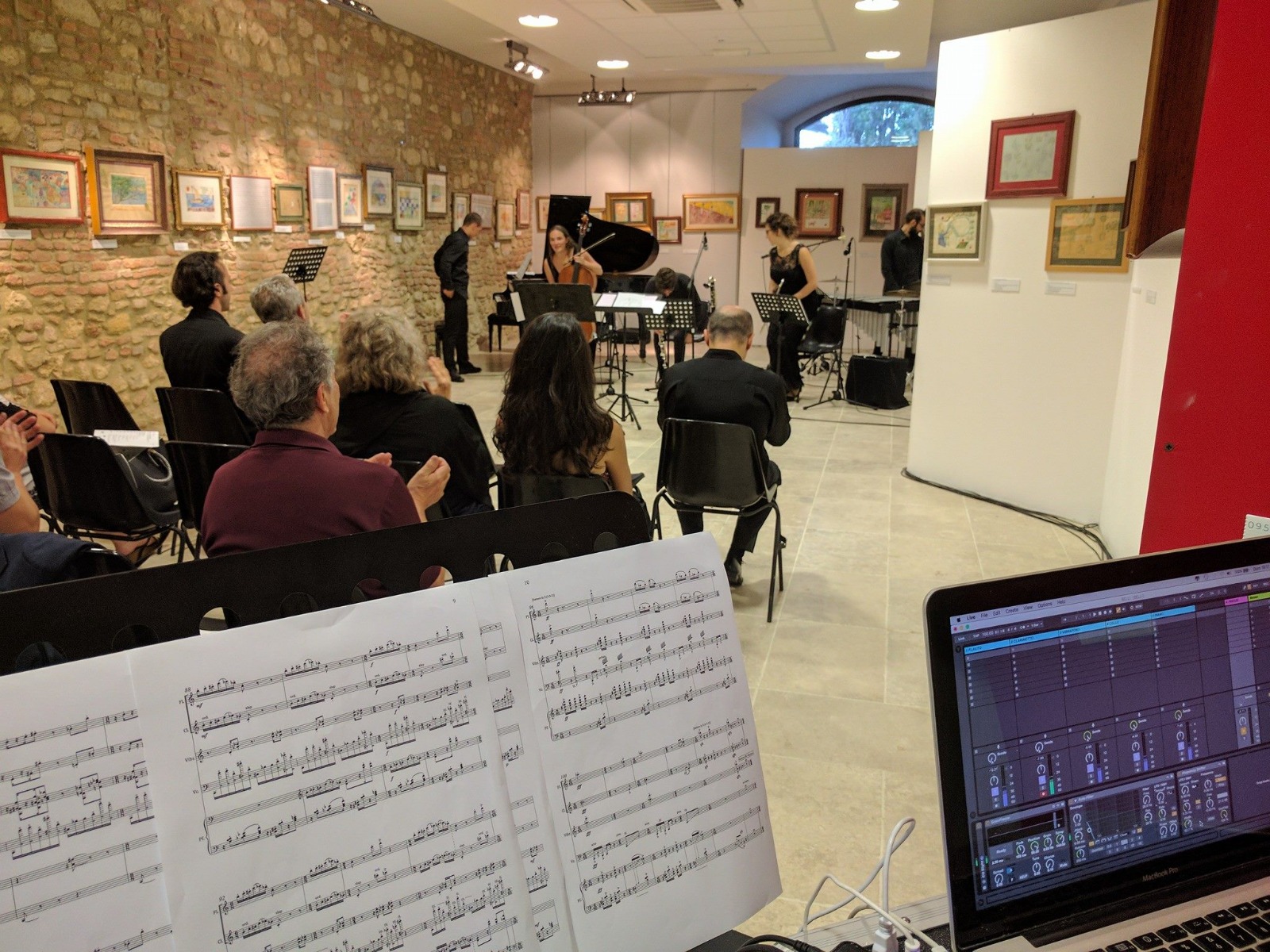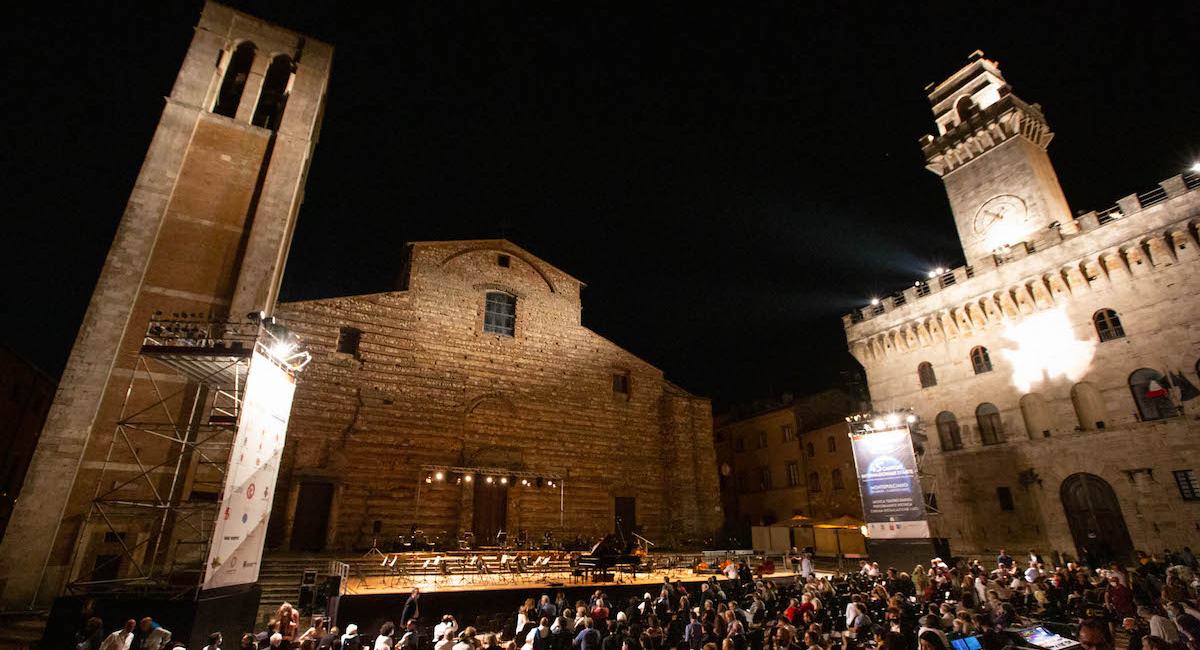PAGANINI: ESPLORAZIONI PER FLAUTO SOLO
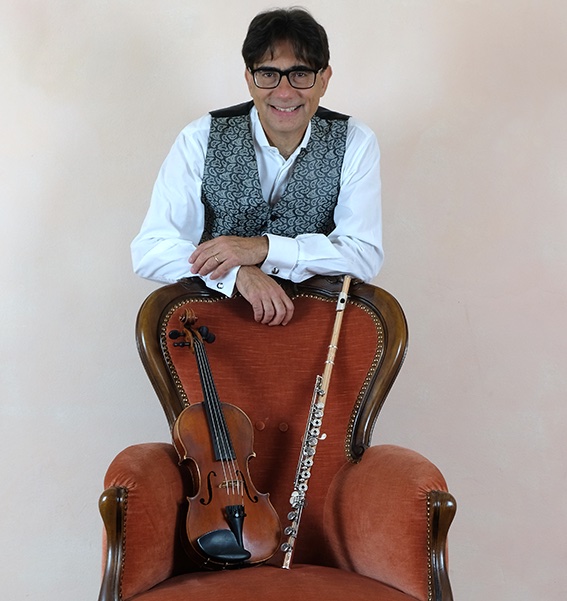
ROBERTO PASQUINI
flauto
Roberto Pasquini presenta il CD dell'integrale
dei 24 Capricci di Nicolò Paganini
da lui trascritti per flauto
per l'etichetta DA VINCI CLASSICS RECORDS
MONTEPULCIANO
Museo Civico Pinacoteca Crociani
SABATO 13 LUGLIO
Ore 18.30
INGRESSO € 5
ACQUISTA IL BIGLIETTO
Per tutti i biglietti acquistati in prevendita, la maggiorazione prevista è di 1,50 euro.
Johann Sebastian Bach
(1685-1750)
Allemanda
dalla Partita in la minore
Niccolò Paganini
(1782 - 1840)
Capriccio n. 7 in la minore
(trascrizione di R. Pasquini pubblicata da Da Vinci Publishing Scores)
Astor Piazzolla
(1921 - 1992)
Tango Etude n. 3 in la minore
Ernst von Dohnányi
(1877 - 1960)
Passacaglia op. 48
per flauto solo
Niccolò Paganini
Capriccio n. 4 in do minore
(trascrizione di R. Pasquini pubblicata da Da Vinci Publishing Scores)
Luciano Berio
(1925 - 2003)
Sequenza I
per flauto solo
Jacques Ibert
(1890 - 1962)
Pièce pour flute seule
Toru Takemitsu
(1930 - 1996)
Voice
Niccolò Paganini
Capriccio n. 24 in la minore
(trascrizione di R. Pasquini pubblicata da Da Vinci Publishing Scores)
PAGANINI: ESPLORAZIONI PER FLAUTO SOLO
Paganini è stato prima di tutto un esploratore di nuovi orizzonti musicali ed umani: vissuto a cavallo tra settecento ed ottocento ha portato il violino verso mete mai provate in precedenza e pur nel solco della grande tradizione violinistica italiana (Corelli, Tartini, Locatelli, Somis, Viotti) il suo violinismo rappresenta una cesura nella storia dello strumento, c’è un prima e un dopo Paganini. Trascrivere per flauto e poi incidere i 24 Capricci op. 1 è stato un viaggio emozionante e per certi versi inaspettato che mi ha portato ad sperimentare nuove tecniche flautistiche e portare lo strumento al limite delle sue ma anche delle mie possibilità espressive nel tentativo di osare, come faceva il grande Niccolò, laddove nessuno ha mai provato ad andare. Ma pur essendo un unicum, la musica di Paganini parla e colloquia con la musica di ogni tempo e mi sono divertito in questo programma ad accostare la musica barocca di Bach, il Tango di Piazzolla e la musica dodecafonica di Dohnányi al capriccio n.7 di Paganini, perché tutti e quattro i pezzi hanno un impianto di base nella tonalità di la minore, ma quanto ogni autore la usa diversamente questa tonalità! Poi c’è spazio per la malinconia disperata del capriccio n. 4 (il più lungo dell’intera raccolta), per due capisaldi della musica del 900 come la Sequenza di Berio e il teatrale Voice di Toru Takemitsu per finire con il celeberrimo capriccio n. 24 che Brahms, Rachmaninov e Liszt hanno fatto proprio celebrandolo in famose variazioni. C’è spazio anche per una perla cantabile francese: Pièce di Jacques Ibert, omaggio alla più importante scuola flautistica mondiale.
PAGANINI: EXPLORATIONS FOR SOLO FLUTE
Paganini was first of all an explorer of new musical and human horizons: living between the eighteenth and nineteenth centuries, he took the violin towards goals never attempted before and in the wake of the great Italian violin tradition (Corelli, Tartini, Locatelli, Somis, Viotti) his violin playing represents a changing point in the history of the instrument; there is a before and an after Paganini. Transcribing for flute and then recording the 24 Capricci op. 1 was an exciting and in some ways unexpected journey which led me to experiment with new flute techniques and take the instrument to the limits of its and also my expressive possibilities in an attempt to dare to go, as the great Niccolò did, where no one had ever tried. But despite being unique, Paganini's music speaks and converses with the music of all times and I had fun in this programme juxtaposing the baroque music of Bach, the Tango of Piazzolla and the twelve-tone music of Dohnányi with the capriccio n.7 of Paganini, because all four pieces have a basic structure in the key of A minor. But how differently each composer uses this key! Then there is space for the desperate melancholy of capriccio n. 4 (the longest of the entire collection), for two cornerstones of 20th century music such as Berio's Sequenza and Toru Takemitsu's theatrical Voice, ending with the very famous capriccio n. 24 which Brahms, Rachmaninov and Liszt made their own by celebrating it in famous variations. There is also room for a cantabile French pearl: Pièce by Jacques Ibert, a tribute to the most important flute school in the world.
 Sostieni i progetti
Sostieni i progetti Amministrazione Trasparente
Amministrazione Trasparente Contatti
Contatti
